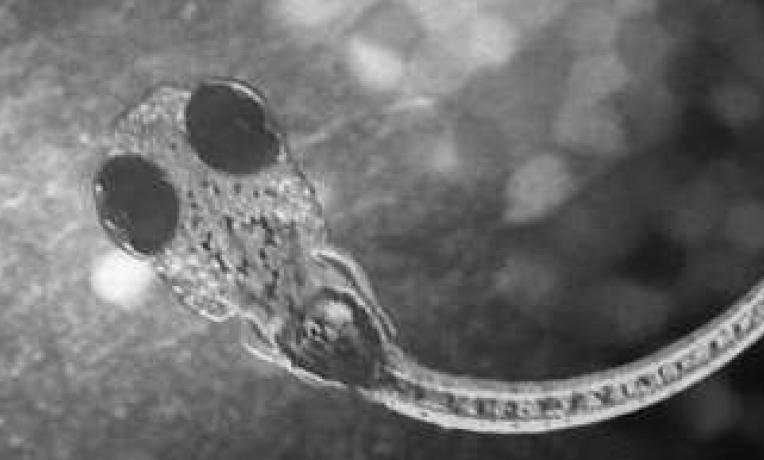What can zebrafish larvae tell us about the function of the brain?
With their transparent skin and a known genome, the zebrafish larvae are emerging as a model for neuroscientists. It enables researchers to monitor large portions of the brain in an intact behaving vertebrate. Dr German Sumbre, an ERC grantee from Argentina, uses zebrafish in order to achieve a better understanding of the neural mechanisms of sensory perception, and as a means of providing new insights into neurological disorders.

Perception is the process by which organisms sense, organise and interpret the sensory information around them. With his ERC Starting Grant, Dr German Sumbre is trying to uncover the neural processes underlying sensory perception. He focuses in particular on the "ongoing spontaneous activity" of the brain and its role in visual perception.
"Sensory brain regions remain active even in a complete absence of sensory stimulation, such as visual stimuli. These ongoing spontaneous internal activities are not random: they have a structure" explains Dr Sumbre. "We are looking at the biological meaning of these ongoing activities - i.e. what they represent (for example, past sensory experience) - and how it may modulate sensory perception."
At the Institut de Biologie de l'École Normale Supérieure (ENS) in Paris (France), the team uses two-photon calcium imaging to monitor the activity of neural networks in genetically modified zebrafish. This innovative method allows them to monitor virtually all neurons in the brain in an intact, non-anaesthetised and hence moving vertebrate.
"Zebrafish are vertebrates whose small size, transparent skin and suitability for transgenic manipulations allow us to measure their neural activity. We can trace this activity in thousands of cells which represent a large portion of the nervous system."
Dr Sumbre does not expect direct applications from his research at this point of time. Although his main focus is on the basic neurosciences, he is convinced that his results will one day open the door to new research lines: in the study of mental syndromes such as Parkinson's, Alzheimer's, or autism. Some zebrafish models already exist for several of these neuro-developmental or neurodegenerative syndromes. By studying the differences in ongoing spontaneous activities in healthy and pathological brains, the research team may shed light on the neural basis of these diseases.
Speaking about his ERC grant, Dr Sumbre who previously was based in the US emphasised that: "One of the reasons I moved to Europe was that the situation was getting very complex in terms of funding in the US. Despite the economic crisis, the ERC remains one of the research agencies which offer competitive funding opportunities, which are crucial for researchers." He added that "The ERC grant has had a great impact on my research career and it was key to the setting up of my laboratory.” Dr. Sumbre has nine PhD students and postdocs working under his supervision. He is convinced that "An ERC grant will always provide a forum for better ideas and for collaborations between researchers from different continents".


